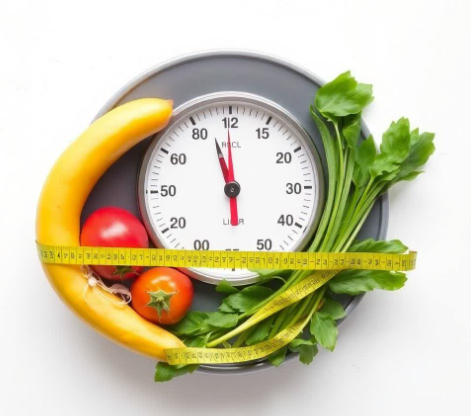How Do I Know When to Increase the Weight?
Introduction
Ever wonder if you're lifting heavy enough? Or maybe you're unsure if it’s time to level up? Knowing when to increase weight is crucial for building strength and achieving your fitness goals without hitting a plateau or getting injured. Let’s dive into how you can master the art of progression.
Understanding Progressive Overload
Progressive overload is the heart and soul of strength training. It means gradually making your muscles work harder to keep growing stronger.
Why It's Important
If you keep lifting the same weights forever, your body adapts, and progress stalls. To get stronger, fitter, and more toned, you need to keep challenging your muscles just enough to spark new growth.
Learn more about progressive overload here.
Signs You’re Ready to Increase Your Weight
Your Last Reps Feel Too Easy
If you're breezing through your sets without breaking a sweat, it's a sign you’re ready to add more weight. You should struggle just a little on those final reps.
You’re Not Sore Anymore
Soreness isn’t everything, but if you never feel challenged post-workout, chances are your muscles aren’t working hard enough to grow.
You Can Do More Than the Target Reps
If your program calls for 10 reps and you’re cranking out 15 without issue, it’s time to grab heavier dumbbells.
Your Form Stays Perfect Even After High Reps
Good form is king. If you’re still maintaining flawless form after a tough set, you’re probably ready to lift heavier.
How Much Weight Should You Add?
Small Increases Are Key
Don’t double your weights overnight! Start small, think 2.5 to 5 pounds for upper body and 5 to 10 pounds for lower body exercises.
Percentages to Follow
A safe rule of thumb is to increase weight by about 2-10%, depending on the exercise and your experience level.
How Often Should You Increase the Weight?
Aim to reassess every 2-4 weeks, depending on your goals and how often you're training. Keep a workout journal to track how each set feels.
Here’s a guide for how often to increase weights safely.
Different Ways to Progress Besides Adding Weight
Sometimes the body needs a different kind of push.
Increasing Reps
If you’re not ready to add weight, just doing more reps can boost strength too.
Decreasing Rest Time
Cutting your rest periods between sets forces your muscles to work harder.
Slowing Down the Movement
Tempo training, slowing down the lift and the lower makes even lighter weights feel tough.
Listening to Your Body
When to Hold Off Increasing
If you're feeling overly fatigued, nursing an injury, or your form starts slipping, it's best to maintain your current weight or even back off a little.
Mistakes to Avoid When Increasing Weight
-
Jumping up too much, too fast
-
Ignoring pain (pain ≠ gain)
-
Letting ego dictate your choices
Remember, smart lifters think long-term.
Tools and Apps to Help Track Your Progress
Keeping track of your lifts makes spotting when to add weight easier. Try apps like:
Both are user-friendly and great for serious progress tracking.
Benefits of Gradual Progression
-
Safer gains
-
More sustainable results
-
Improved motivation, as you see, measurable improvements
-
Reduced injury risk
How to Stay Motivated During Plateaus
Plateaus are part of the journey. Stay pumped by:
-
Setting mini-goals
-
Mixing up your exercises
-
Celebrating small wins
Check out these tips on breaking through workout plateaus.
Expert Tips on Increasing Weight Safely
-
Warm up properly
-
Use a spotter for heavy lifts
-
Focus on the mind-muscle connection
-
Prioritize recovery with sleep and nutrition
Conclusion
Progress doesn’t happen by accident; it’s built through smart, steady effort. Knowing when to increase weight helps you avoid stagnation and keeps you marching toward your goals. Trust your body, push your limits wisely, and remember: strong is a journey, not a sprint.
FAQs
1. Should I increase my weight every week?
Not necessarily. Some weeks you'll add reps, others you’ll add weight. Listen to your body and track your progress.
2. How do I avoid injuries when lifting heavier weights?
Always focus on form first. If your form breaks down, the weight is too heavy.
3. Is soreness a good indicator that I need to increase weight?
Not always. Soreness can decrease as you become fitter. Focus more on the challenge level of your last reps.
4. What’s better: more reps or more weight?
Both have their place. For strength, prioritize heavier weights with lower reps. For endurance, use lighter weights with higher reps.
5. How do I know if I’m lifting too heavy?
If your form collapses mid-set or you feel sharp pain (not muscle fatigue), you’re going too heavy.







0 Comments:
Post a Comment
If you have any doubt, please let me know
Subscribe to Post Comments [Atom]
<< Home